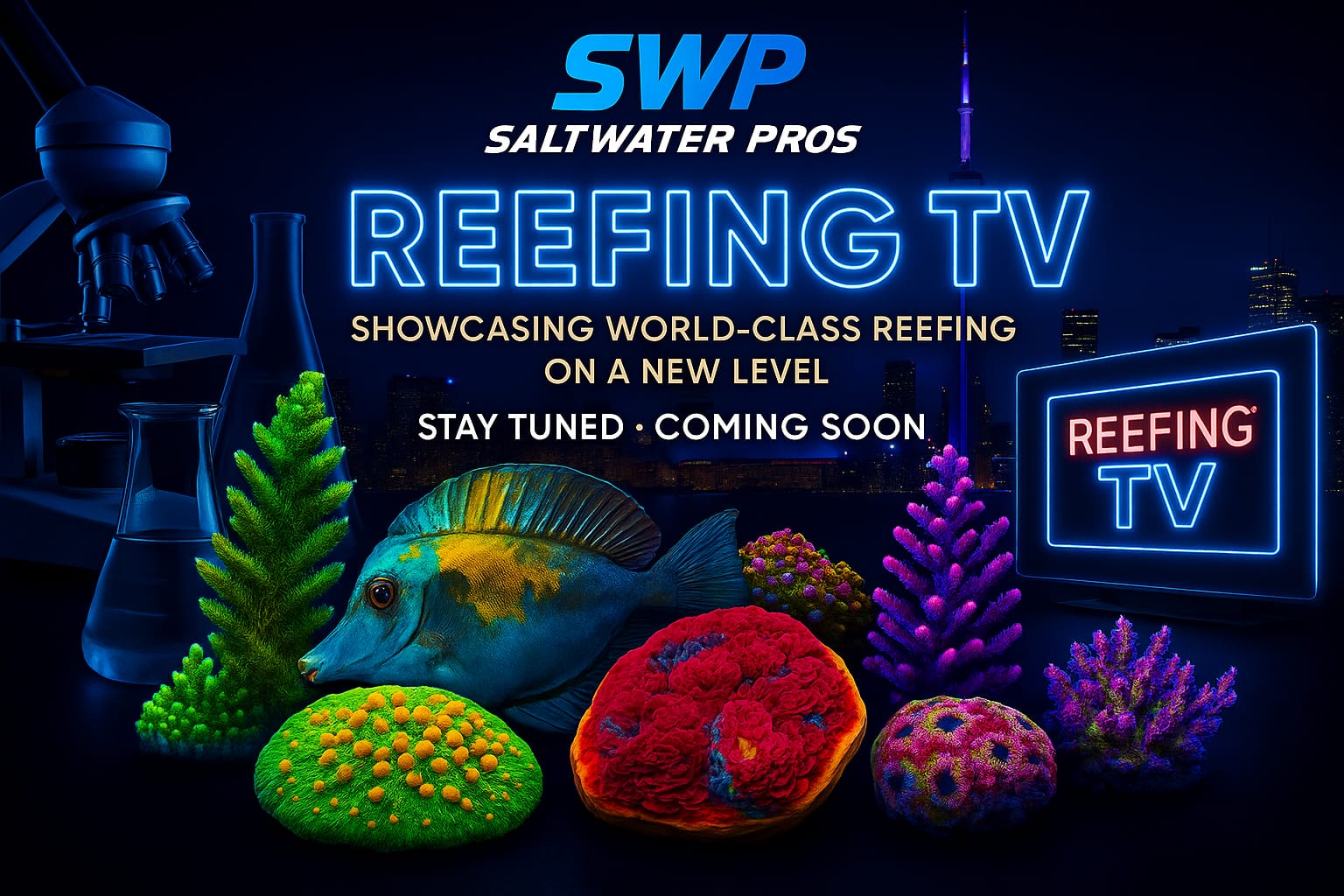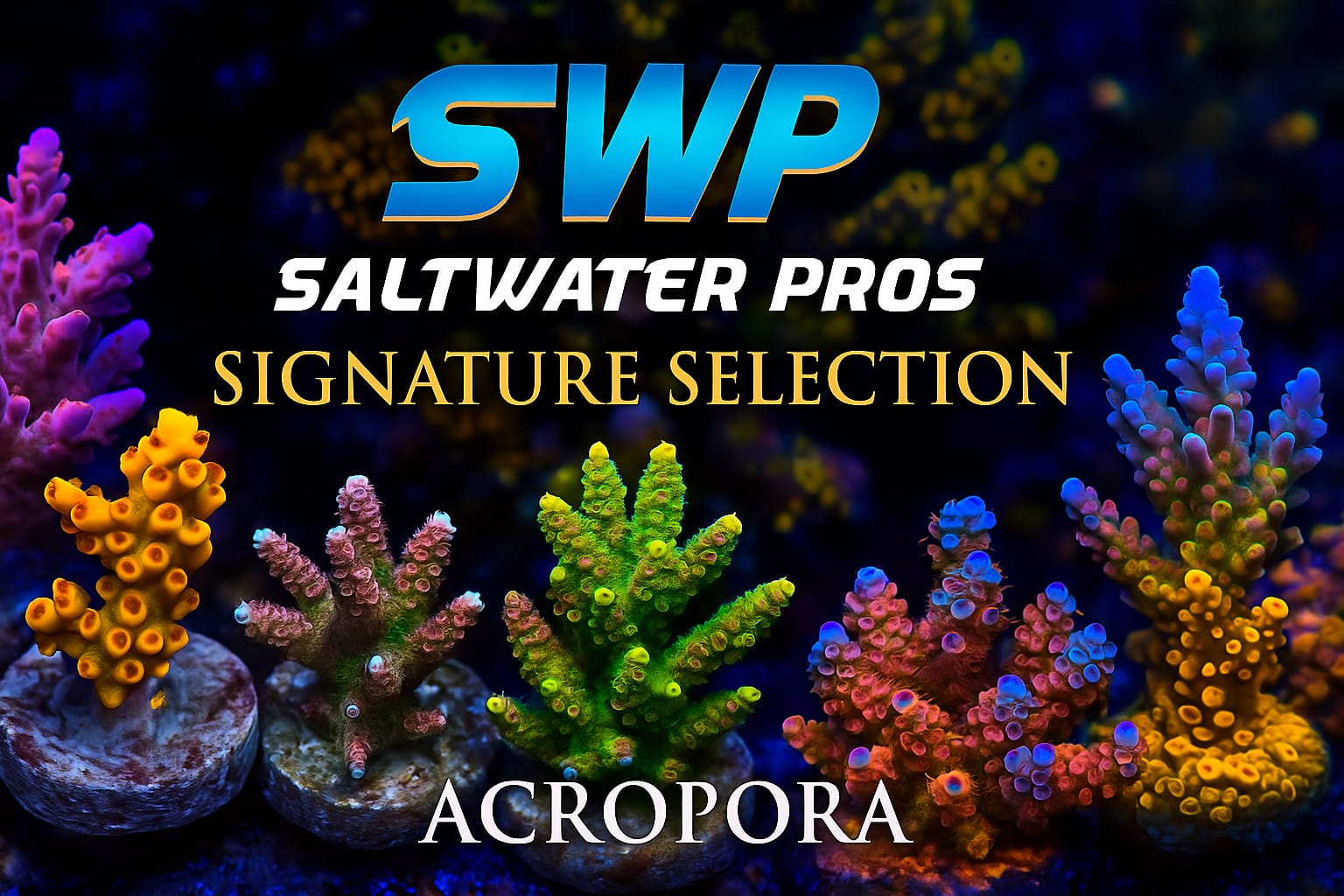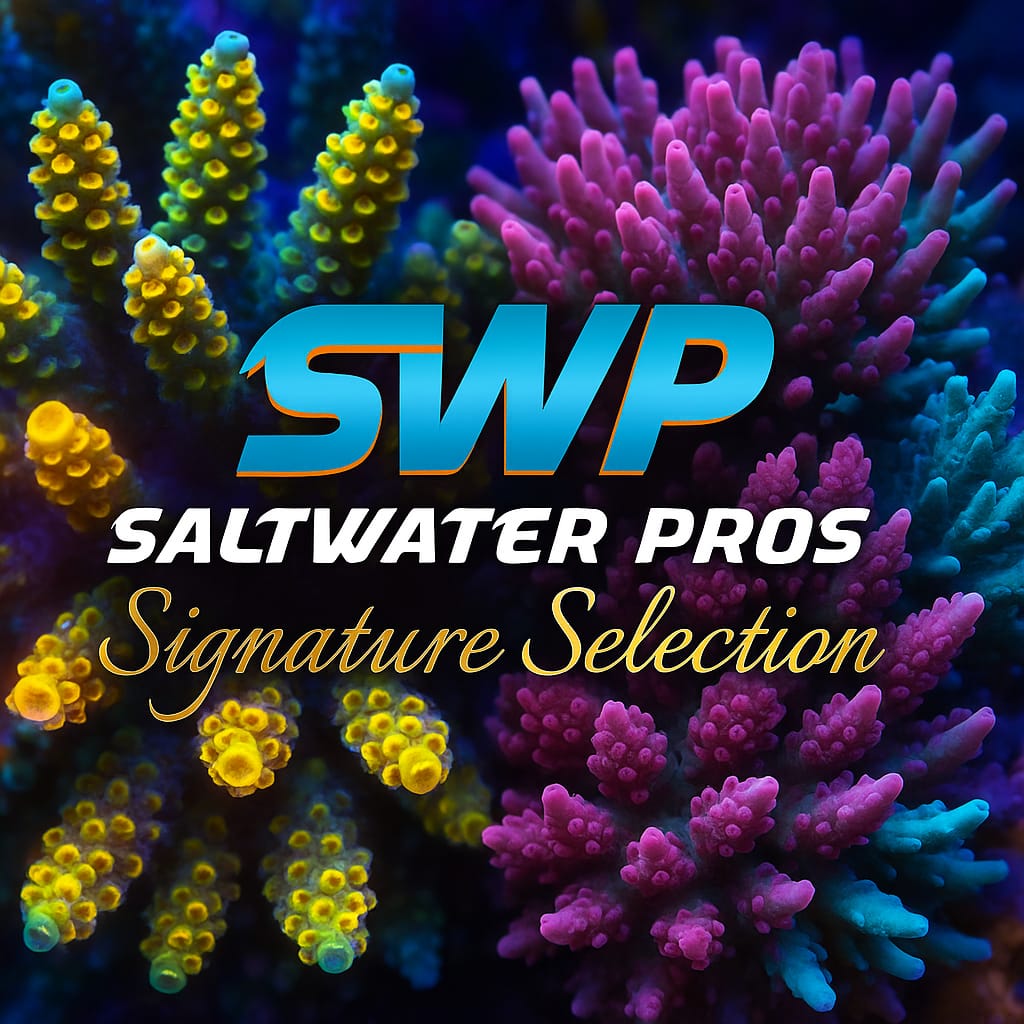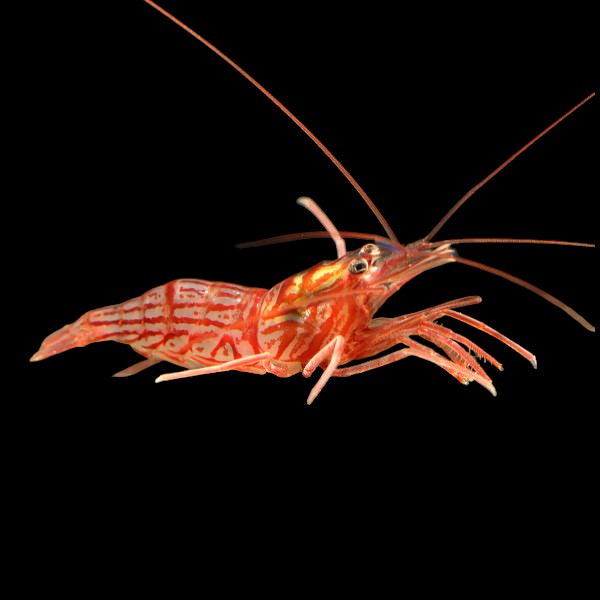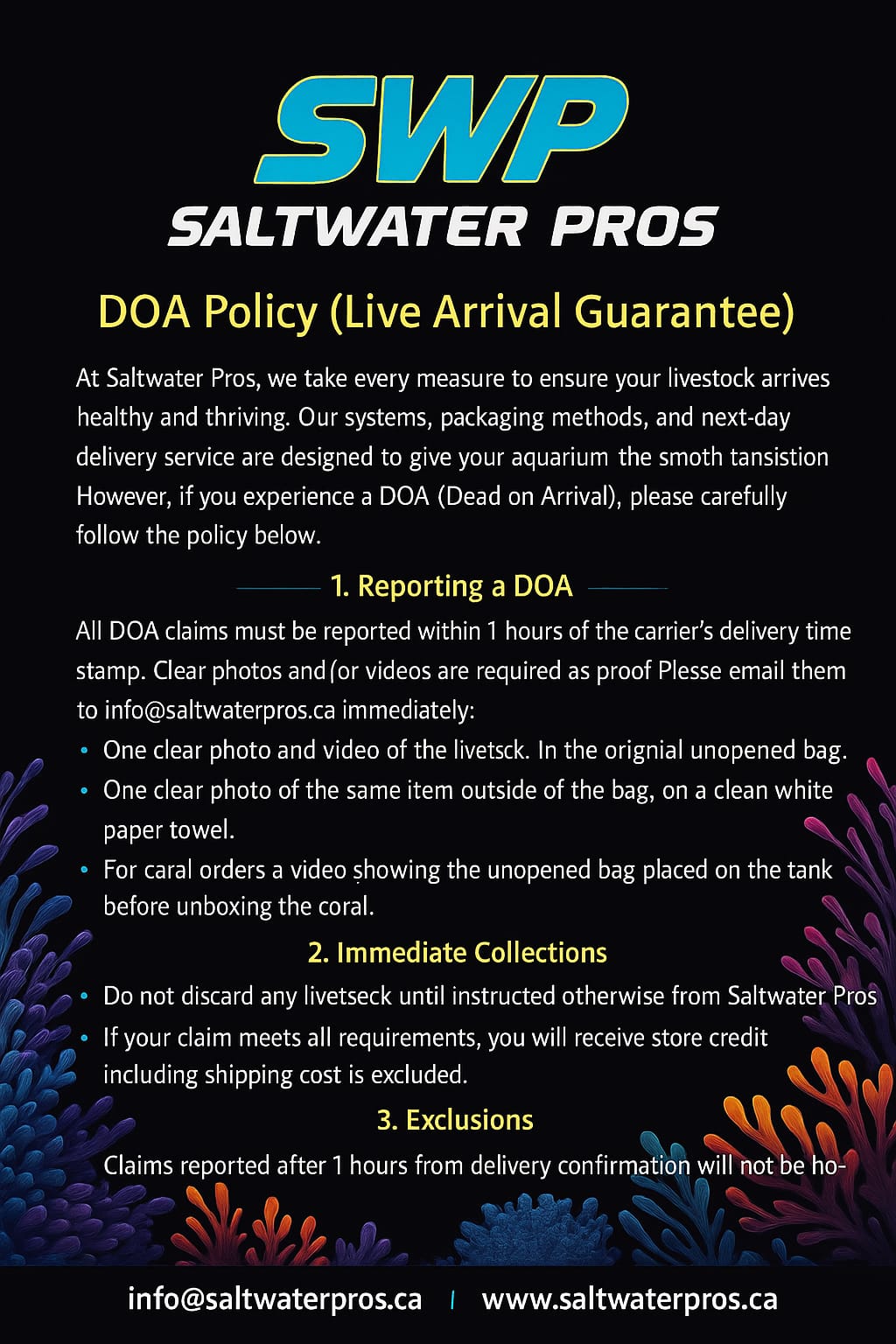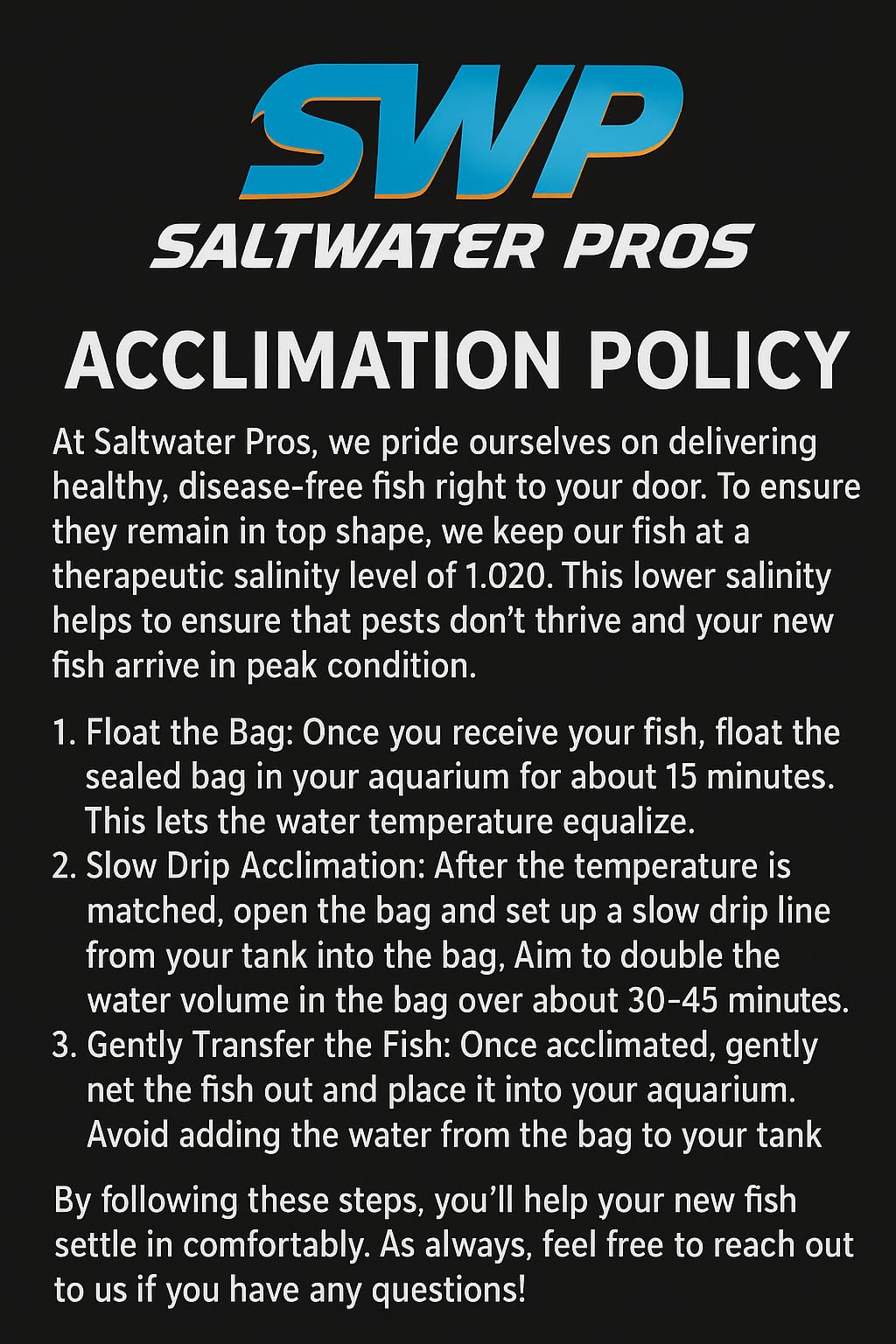Description
Peppermint Shrimp (Lysmata wurdemanni) are popular in the aquarium hobby for their striking coloration and their ability to help control certain pests like Aiptasia anemones. Here are some care guidelines for keeping Peppermint Shrimp happy and healthy:
Tank Size: Peppermint Shrimp do well in a variety of tank sizes, but a minimum of 10 gallons is recommended for a small group. Larger tanks provide more space and stability.
Water Parameters: Maintain stable water conditions with a temperature range of 72-78°F (22-26°C), a pH level between 8.1-8.4, and a specific gravity of 1.023-1.025. Regular water testing and changes are crucial.
Tank Setup: Provide plenty of hiding spots and crevices with live rock or artificial decor. Peppermint Shrimp are nocturnal and appreciate places to hide during the day.
Diet: Peppermint Shrimp are omnivores and will accept a variety of foods. Their diet can include commercial shrimp pellets, flakes, frozen foods like brine shrimp, and even small meaty pieces of fish or shrimp. They also eat algae and detritus in the tank.
Compatibility: Peppermint Shrimp are generally peaceful and can be kept with a variety of tank mates, including reef fish and invertebrates. However, they may be aggressive towards each other, especially if there's competition for food or hiding spots. It's generally best to keep them singly or in small groups.
Pest Control: Peppermint Shrimp are known for their ability to eat Aiptasia anemones, which are considered pests in reef tanks. They can help keep the population of these anemones in check, but be aware that they may not eliminate them entirely.
Compatibility with Corals: While Peppermint Shrimp are generally considered reef-safe, there have been reports of them picking at small-polyped stony corals (SPS) or certain soft corals. Monitor their behavior closely if you have delicate corals in your tank.
Acclimation: When introducing Peppermint Shrimp to your tank, it's important to acclimate them slowly to prevent stress. Drip acclimation over the course of an hour or so is recommended.
Regular Observation: Keep an eye on your Peppermint Shrimp for signs of stress, illness, or aggression towards tank mates. Provide a varied diet and a suitable environment to promote their health and well-being.
Molting: Like other crustaceans, Peppermint Shrimp molt as they grow. During molting, they may hide more than usual and become more vulnerable to predation. Ensure they have safe hiding spots and avoid disturbing them during this time.
By following these care guidelines, you can enjoy the benefits of having Peppermint Shrimp in your aquarium while providing them with a suitable and enriching environment.

